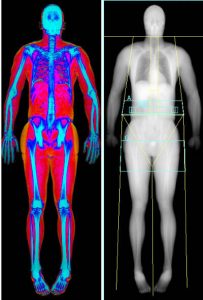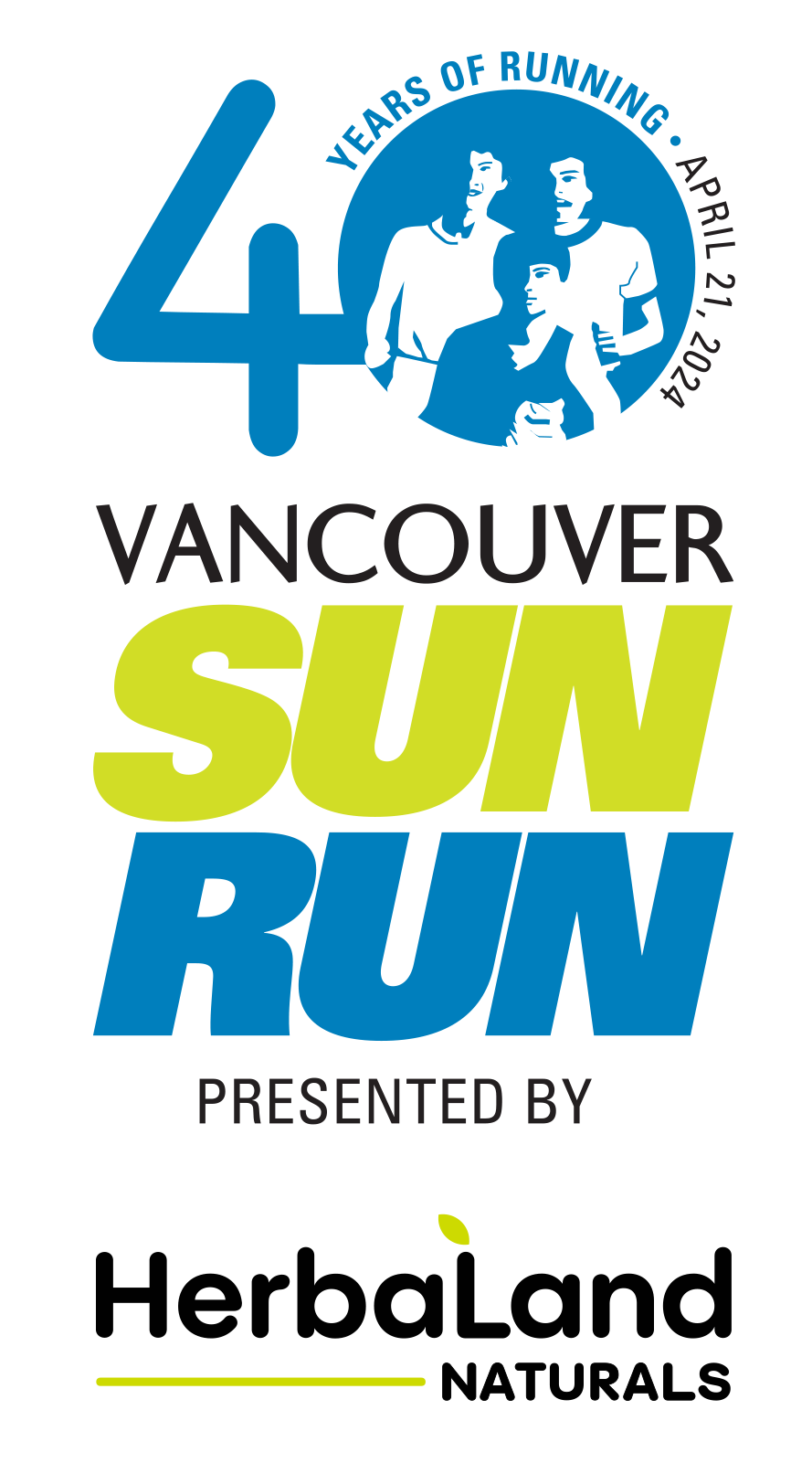
For runners, both amateur and elite, understanding the intricacies of their body’s composition goes far beyond only using total weight on a weighing scale. Accurate body composition measures such as those facilitated by a Dual-Energy X-ray Absorptiometry (DEXA) scan, offer a detailed overview of a runner’s physiological makeup. Understanding key metrics about your body composition such as total lean mass, total fat mass, body fat % and muscle distribution can give you great feedback about your current habits and inform future decisions about goals, training and nutrition. An accurate measure of your total lean mass, for example, will allow you to calculate your resting metabolic rate which you can use to calculate your daily calorie needs for your given activity level. Specific macronutrient recommendations can also follow an initial body composition assessment.

Balancing Body Fat
The typical pursuit for many people is having less body fat, but this isn’t always the best scenario for people that are quite active in the endurance world. It is important to find the right balance between lean enough for your chosen activity and not carrying too little or too much body fat. Essential body fat is crucial for numerous physiological functions, including hormonal balance. In females, adequate body fat levels are essential for the production of estrogen, which regulates menstrual function and supports bone density. Conversely, males require a certain amount of body fat for testosterone production, which similarly influences bone health and muscle mass. Athletes falling below critical thresholds for body fat and body weight risk developing conditions related to hormonal imbalances, low energy availability and decreased bone density. A decreased bone density can result in an increased risk of osteoporosis and stress fractures.
Bone Density
Another crucial aspect of health for endurance athletes is bone density, a measure of the strength and density of our bones. This can only be measured using a DEXA scan. Endurance activities such as running impose repetitive stress on bones, necessitating robust bone density to withstand the strain and minimize the risk of stress fractures and other overuse injuries. Optimal bone density not only protects against injury but also facilitates efficient energy transfer during weight-bearing activities, enhancing running economy and performance. Running economy refers to the amount of oxygen consumed at any given pace. Better running economy means less oxygen is used, and the athlete is more efficient. Prioritizing strategies to support bone health, including adequate calcium and vitamin D intake, regular strength training, and appropriate nutrition, is important for endurance athletes seeking to maximize their performance potential and sustain their athletic pursuits over the long term.
Learning More
For more information on assessing your body composition and bone density via a DEXA scan, please see more information here.
SUN RUN HOT TIP
Little changes make a big difference. No matter what your goals are – to run faster, be stronger, move better, ect.- keep trying your best, and have fun with it. Over time you will succeed!


